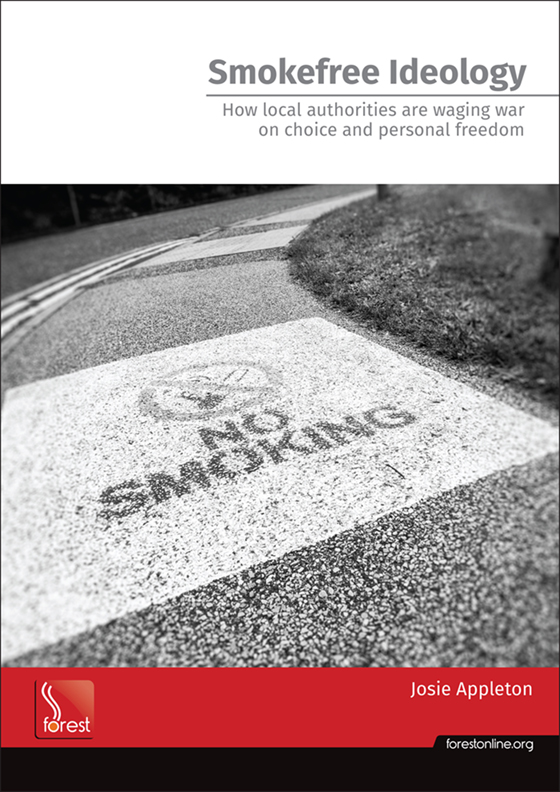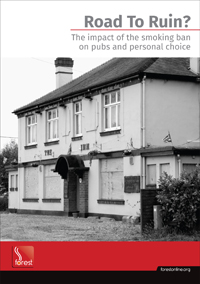Singing the Blues
 Saturday, April 27, 2024 at 9:25
Saturday, April 27, 2024 at 9:25 
I’m going to Stamford Bridge (above) this afternoon.
Chelsea Women are playing the second leg of the Women's Champions League semi-final against Barcelona and I want to support them, in person.
The first leg, in Barcelona last Saturday, resulted in a surprise 1-0 win for Chelsea.
To put this in perspective, it was Barcelona’s first defeat at home in any competition since February 2019.
It was also the first time they had failed to score in any match for two years.
Chelsea are good - one of the best women’s teams in England and Europe - but Barcelona are the current European champions and are still favourites to reach the final.
At the start of the week Chelsea’s long-serving manager Emma Hayes - who is leaving in the summer to take charge of the United States’ women’s national team - urged supporters to fill Stamford Bridge for the return leg, and I was happy to answer the call.
Again, some perspective. Chelsea Women normally play at Kingsmeadow in Kingston-upon-Thames where the average crowd is around 4,000.
Stamford Bridge holds 40,000 and when Hayes made her pitch I understand that 24,000 tickets had been sold. Last night the club announced that the match is a sell out and the stadium will be full.
As some of you know, my allegiance to Chelsea began in 1967, when I was eight. The club had just lost the FA Cup final to Spurs and for some reason I was attracted to the losing team. (Sound familiar?)
But it wasn’t the only reason for my choice.
We were living in Maidenhead in Berkshire at the time but my aunt lived in Kensington and whenever we visited her I would see signs to Chelsea (which is in the same borough) and it was the combination of those two factors that led me to support the team in blue.
Two years later we moved to Scotland, at which point I began supporting Dundee United as well, but as soon as I got a job in London in 1980 I became a frequent visitor to Stamford Bridge.
The club was in a bad way, having been relegated twice in the Seventies, and when I started watching them they were in the old Second Division and perilously close to dropping into the Third Division.
The stadium too was very different to what it is today. Behind each goal, for example, was what remained of an old speedway track so spectators at both ends of the ground were a significant distance from the pitch.
The stadium, which once held 80,000 spectators, was now dominated by the three-tier East Stand that was built in the early Seventies and almost bankrupted the club.
Behind one goal was a vast uncovered terrace for away fans, and behind the other goal was more terracing, partially covered.
This was the infamous Shed End where the hooligans gathered, and in the Eighties Chelsea had more than their fair share.
In 1986 I remember sitting high up in the East Stand watching the second leg of the League Cup semi-final against Sunderland.
Chelsea lost the match, and the tie, and at the end so-called ‘supporters’ invaded the pitch and assaulted one of the Sunderland players, a former Chelsea player called Clive Walker.
The then Chelsea chairman Ken Bates, who allegedly bought the club (and its substantial debts) for £1 in 1982, subsequently suggested that an electrified fence would stop people trespassing on to the pitch.
A wire fence was duly erected but the authorities stepped in before it went ‘live’.
The only experience I had of standing in The Shed end was on February 13, 1982, when Chelsea, still a Second Division club, beat Liverpool - winners of the European Cup the previous season - 2-0 in the FA Cup.
That was quite an afternoon but I normally sat in the old West Stand that was demolished and replaced a decade later by the current West Stand, where we are sitting this afternoon.
Some games in the old Second Division were poorly attended and it wasn’t unusual for large parts of the ground to be empty.
The upside was that there was no need to buy tickets in advance. You just turned up and paid at the turnstile, and once inside the ground there was a large choice of seats!
I could also walk from where I lived at the top of the North End Road in West Kensington to the ground, which is close to Fulham Broadway, in just 20 minutes.
As it happens, Stamford Bridge is in Fulham, not Chelsea, and when the original athletics stadium was purchased by the Mears family in 1904, the plan was to turn it into a football ground and lease it to Fulham Football Club.
Fulham however declined the offer so the owners solved the problem by forming their own club, Chelsea FC, to play there.
But I digress.
As the Eighties wore on life got in the way and I went to Stamford Bridge less and less, and when I got married and moved back to Scotland in 1992 I stopped going altogether.
Since then I’ve visited Stamford Bridge just twice, once for a stadium tour with my son when he was eight or nine, and once for a match - also with my son - against Wolves (or was it Bolton?) the following year.
Chelsea scored five goals but that’s about as much as I can remember.
Truth is, much as I would love to have watched, in person, the great Mourinho team, and subsequent stars such as Michael Ballack and Eden Hazard, I haven’t lived in London for over 30 years.
Therefore it’s too much hassle, frankly, to travel into London for matches that, for the benefit of television, kick off at all hours and very rarely (it seems) at the traditional time of 3.00pm on a Saturday afternoon.
Also, I’m just not as passionate about football as I was when I was younger.
In recent years however I’ve surprised myself by developing a genuine interest in women’s football, a subject I wrote about here when England reached, and won, the final of the Women’s Euros in 2022.
Women's football may be far below the men’s game in many respects but, regardless of that, I enjoy it.
Off the pitch especially I am struck by how much more articulate, engaging and unguarded many of the players are compared to their male counterparts.
Their enjoyment of the game is infectious and I hope that never changes, although I suspect it will as the rewards and pressures gradually increase.
Last year I wrote:
What I love are the frequently unguarded interviews given by England’s women players, a highlight of which was midfielder Georgia Stanway cheerfully telling the assembled press, “Sometimes you don't realise that your head coach is actually human.”
Serina Wiegman, England's Dutch coach, was sitting a few feet away with an amused smile on her face.
Sadly, I suspect that much of that unfettered joy, bordering on naivety, will be knocked out of future generations of female pros so, again, enjoy it while it lasts.
PS. Three more (very small) examples of why women’s football is arguably more enjoyable to follow, at present, than the men’s game:
Exhibit 1: In a Women’s Champions League match last year Chelsea’s Melanie Leupolz, a German international who had only recently returned to the side after a year out having a baby, got a kick in the head. With a thick river of blood covering her face, did she roll around and make a meal of it? No. She sat up gingerly, left the field (without complaint) for treatment, and even made a joke of it on social media.
Exhibit 2: Emma Hayes and Carla Ward, the head coaches of Chelsea and Aston Villa respectively, were recently seen laughing together on the touchline. Earlier in the game Villa had their goalkeeper sent off for handling the ball outside the box. Late in the game, with Villa losing 3-0, the substitute keeper developed a calf strain and it seemed she might have to come off as well. Ward was under pressure following some poor results. I for one found it heart-warming that she could laugh about the situation with her friend and rival manager.
Exhibit 3: Following another recent match, Chelsea’s Norwegian midfielder Guro Reiten was filmed accepting a can of Irn Bru from a young female supporter, which she then held up, laughing. The context was that, a few days earlier, the club had posted a video of her teammate, Scotland’s Erin Cuthbert, introducing the Scottish fizzy drink to Reiten and two Swedish teammates who then had to taste it, with mixed reactions. The amusing interaction between player and spectator - and the fact that the club posted it on social media - is not unusual in the women’s game, for now at least. Long may it continue.
See also: Football? It’s a woman’s world now (July 2022) and Not watching the Women’s World Cup final? What’s wrong with you? (August 2023).
Photo: iStock











Reader Comments